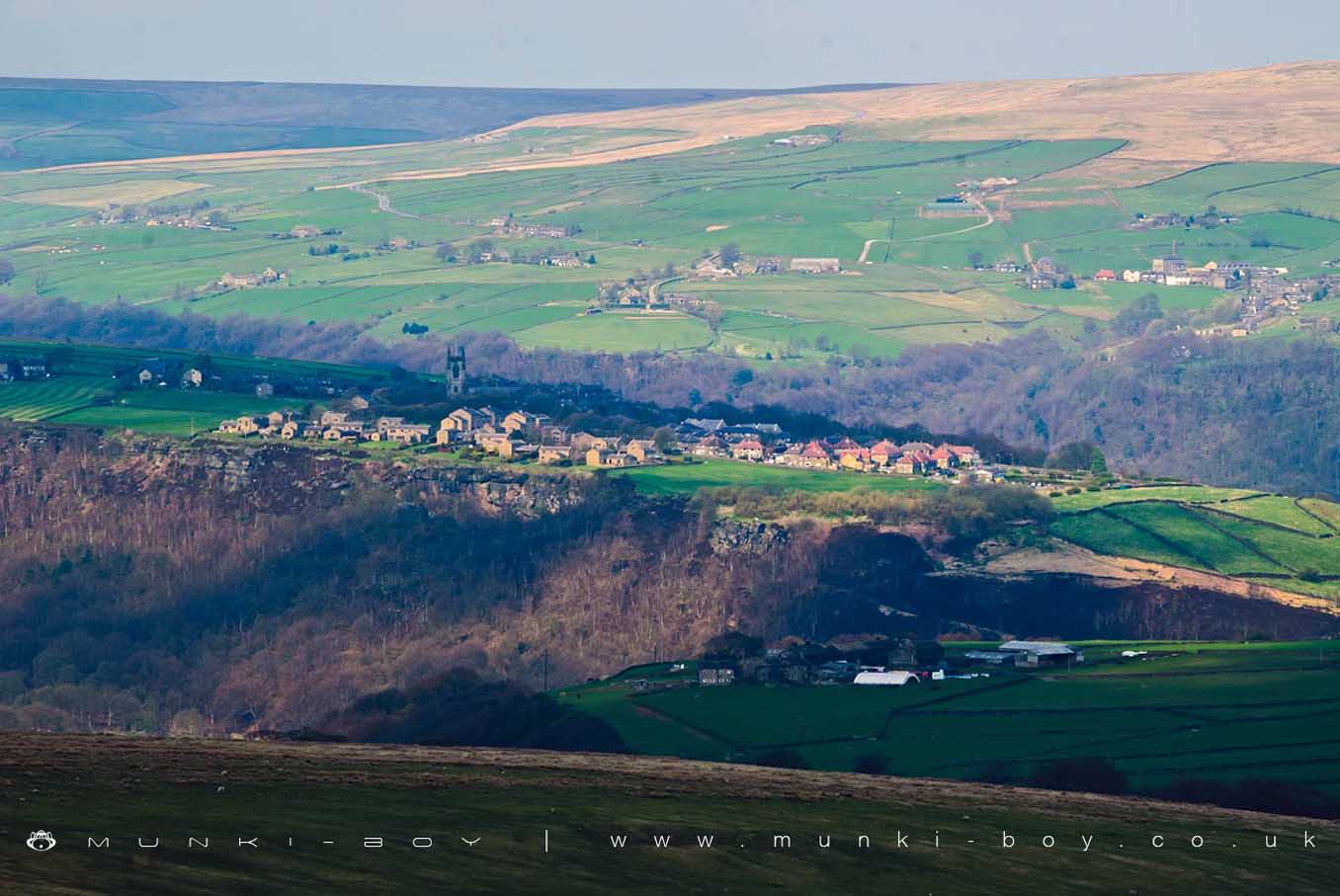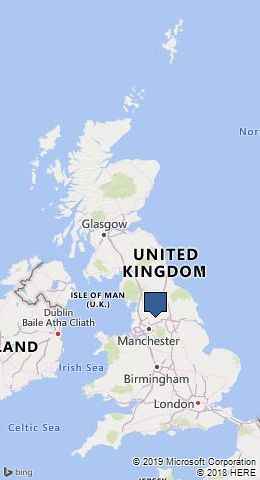
Heptonstall by munki-boy
Heptonstall
Perched on a steep moorland ridge with Hebden Bridge and the Rochdale Canal below, Heptonstall is a captivating old village best explored and enjoyed on foot.
Towngate and Top o’th’ Town forming the main street, are laced with blind corners and are no more than three metres wide in some parts. Packhorses clattered along the streets of Heptonstall after struggling up from the Calder Valley, before the Industrial Revolution cost Heptonstall its prominence as a centre of the handloom weaving trade.
A museum recalling the long history of the village is housed in a former grammar school in Churchyard Bottom. The old school at Heptonstall gave free education to fifty children at a time and was founded by a wealthy clergyman in 1642, rebuilt in the 1720s and closed in 1889. Some of the original school furniture is still in-situ.
One of Yorkshire’s oldest Cloth Halls, now a private house stands near by. Dating from the 16th century it is built of paler masonry than the usual dark stone of other Heptonstall buildings.
Visitors can rest their feet in cobbled Weavers Square where seats overlook the yard of the two churches of St Thomas one in ruins, but with some parts intact that date to the 13th century. The old church suffered heavy storm damage in 1847. The upstanding church a prosperous-looking replacement built in the 1850s. A cockpit, which was still used for cock-fighting during the Napoleonic Wars is said to have been on the site of the vicarage.
Heptonstall’s parish register records the names of Royalist troops who died in a Civil War skirmish in 1643. Oliver Cromwell’s Roundheads occupied the village and inflicted heavy casualties on the Royalist forces who battled up the hill from Hebden Bridge to try to dislodge them. The next Royalist assault - massively reinforced found the Roundheads gone
Steps lead down from Northgate to an unusual octagonal church that is said to be the oldest Methodist church in the world still in regular use. Its foundation stone was laid by John Wesley the founder of Methodism in 1764.
Created: 3 March 2019 Edited: 29 November 2023
Heptonstall
Local History around Heptonstall
There are some historic monuments around including:
Old Church of St Thomas Becket, 210m north east of Daisy Field FarmWayside cross known as Tinker CrossCup marked boundary stone known as Churn Milk Joan on Crow Hill, Midgley Moor, 580m north of Foster Clough BridgeWayside cross known as Reaps CrossCairn known as Millers Grave on Midgley MoorThe old bridge over the Hebden Water at Hebden BridgeWayside cross known as Abel CrossEnclosed Bronze Age urnfield 440m north west of Rough Bottom on Midgeley MoorRing cairn on Midgley Moor, 360m north east of Upper Han RoydCairn on Midgley Moor, 400m north east of Upper Han RoydCairn with an oval bank on Midgley Moor, 430m north east of Upper Han RoydEnclosed Bronze Age urnfield 200m north west of Hanging Field Farm.






